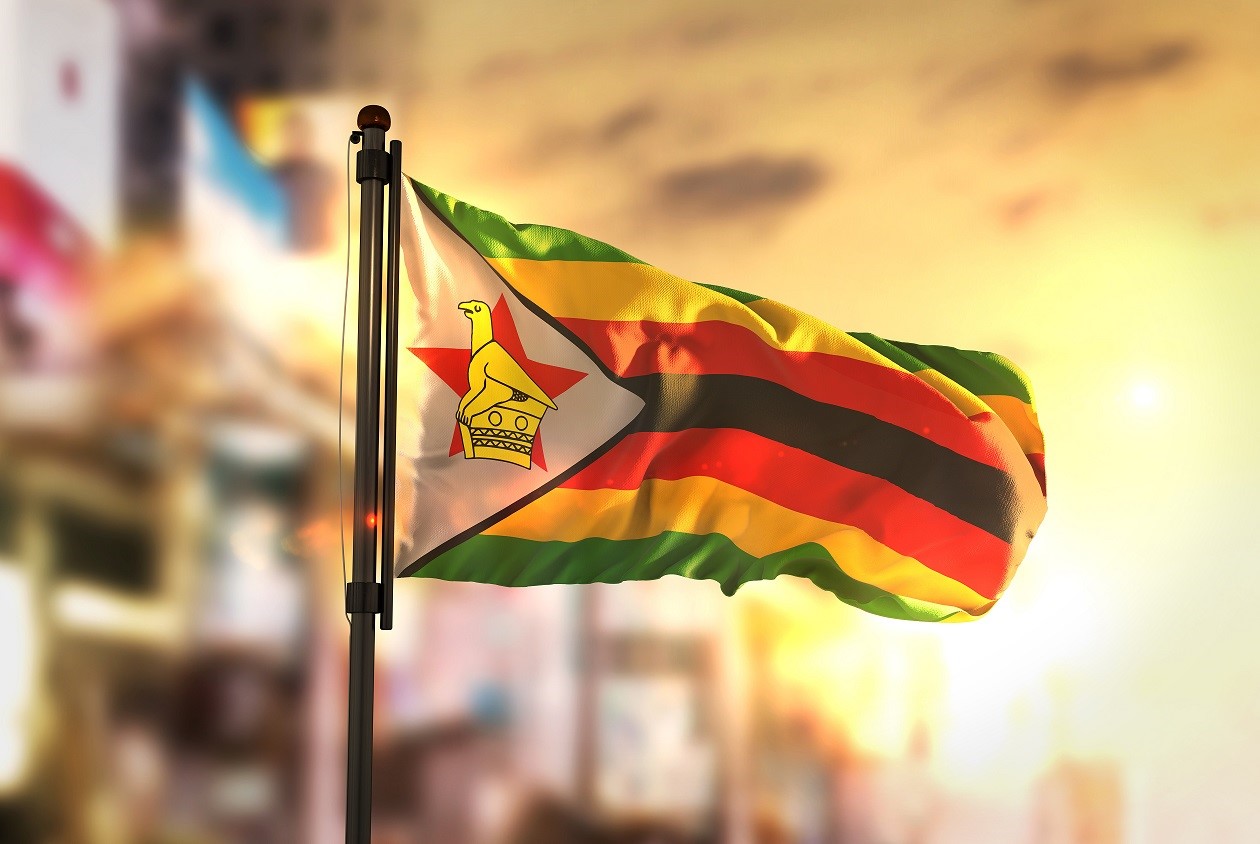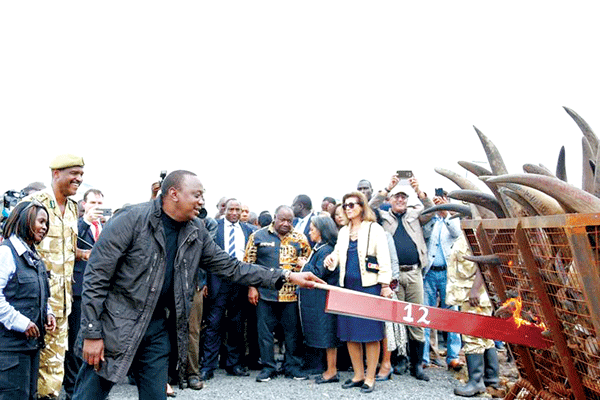
BURIAL of a dead person was discussed in an issue of this series. It is the culmination of death, but burial itself is not the closure of the chapter. After it is concluded there are still several ceremonial activities that must be completed.
I N MPOFU (UNYANDENI Ompofu)
At this point, more medicines and ceremonial observances begin to be used rather more widely than before the burial.
First, as we said before, mourners troop to the homestead. Just outside the homestead there are dishes of water (or buckets or calabashes) and the water contains leaves of certain herbs (mainly umsuzwane) which have been soaked.
All mourners are required by custom to wash their hands to ward off bad luck cast upon them by handling or working on the corpse. Some people even wash their faces as well. Also, this is to exorcise evil spirits stalking the place of death. This ceremonial medicine is called intelezi.
However, nowadays “civilised” and “Christian” people tend to look down upon this tradition and simple pass the water containers of the “heathen” mixture. Hopefully these people would have boycotted the raising of “Lazarus and the women at the tomb of Jesus!” (no cultural comparison?)
In olden days, while burial was in progress, a group of men slaughtered a chosen beast to accompany the deceased to the land of the dead (kwelabaphansi). The meat was cut up and prepared awaiting the completion of the burial. Thus when all necessary purification rites (which for some families included ukuchela umuzi (sprinkling the homestead) had been done, mourners were treated to a special feast of roasted meat outside the homestead, but close.
This meat, called ingovu, was roasted and eaten without salt. Nowadays ingovu has changed to a burial feast of all goodies. It is also important to note that the tradition of burial has shifted the balance to Christian ways. There is hardly a funeral wake or burial that is totally without a prayer or kind of sermon.
- Chamisa under fire over US$120K donation
- Mavhunga puts DeMbare into Chibuku quarterfinals
- Pension funds bet on Cabora Bassa oilfields
- Councils defy govt fire tender directive
Keep Reading
When mourners have had their share of feasting, they are free to return to their homes. They may just rise one by one or in groups and go. It is not correct custom to bid farewell to the family, that is, you do not say lisale kuhle. However, those close to the family may bid a special farewell whereby men squat and women kneel in front of the bereaved and say asazi bakithi and someone of the family responds, asazi or kambe sazini bakithi? The visitors rise quietly.
In time, all visitors will be gone except those with special duties such as cleaning. Otherwise, lapha ekhaya sekutshaya umoya (all is quiet).
Attention is given to the hut which housed the corpse.
This hut is temporary vacated and is ceremonially cleaned by being sprinkled with medicines and for families, certain aromatic herbs are burned (ukuthunqisela). The medicine man may walk all over the homestead doing the same thing.
Let us go back a little to say something about the widow. When the burial is over and the family members are now returning to the homestead, the covering blanket is removed from the head and is left covering the body only until she enters the “death” hut. Her companions make sure that her dress is worn inside out.
On that same day, all the hair on her head is shorn completely, including her icholo. This practice is still observed by many. The widow continues covering herself with a blanket, but in a day or two this requirement is lifted, but she will be in mourning for the full year.
With the introduction of clothing material, a new culture of ukuzila began to take root. Women began to wear black dresses as a sign of mourning and wear a black doek (iqhiye) as well for a whole year. If it is a widower he wears a black arm-band while children and other close relatives wear a piece of black cloth on their left-hand sleeves.
This practice seems to be dying out fast. The dress that a widow wears is called inzilo because uzilile (she is in mourning).
Another important ceremony is the “eating of inkubalo”. This varies from family to family or according to the clan. But usually sorghum or uphoko porridge is eaten from the back of the hand by each member of the family. One takes the first morsel into one’s mouth but then spit it out. The next morsel is swallowed and then one’s done. Some families include a drink of a milk mixture: drink, spit, drink and swallow.
The last action is ukuyabonisa which is a visit to a traditional spiritual seer (not witchdoctor) to consult about the cause of death of the deceased. The strong belief among the Ndebele people is that all death is a result of a spell of an evil enemy. The dead person is always bewitched (uloyiwe).
The question that the family will ask themselves is: uthethwe yini?/udliwe yini?/ubulelwe ngubani?










